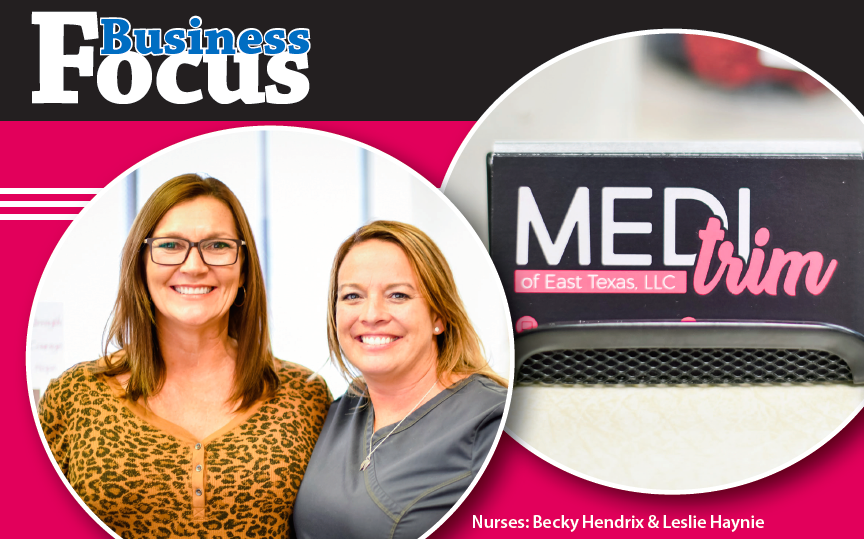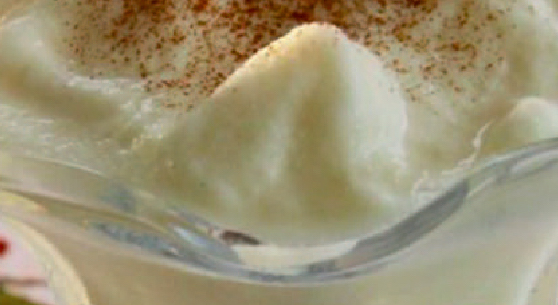Your pet’s dental health is very important. Believe it or not, their teeth and gums are as vulnerable to disease as your own. Dental/periodontal disease is the most common problem our pets face, basically the same as it is in people (except that people can take care of their own teeth by brushing, usually several times daily!). Imagine how your mouth would feel, taste, look, and smell if you NEVER brushed your teeth!!! As a matter of fact, February has been declared nationally as Dental Health Month to help raise awareness of dental issues. Just as in your mouth, plaque begins to accumulate when bacteria living on the remnants of food combine with saliva and food debris. Days later, minerals in the saliva cause plaque to harden to form tarter with later mineralization to calculus. While plaque is soft and can be brushed away, tarter and calculus are hard, and must be “scraped” off or removed with a special instrument, a dental scaler. Tarter and calculus trap bacteria in and under the gums, which leads to irritation of the gum tissue (gingivitis) and then periodontal disease, which is noticed as a reddening of the gums close to the tooth. This is also the major cause of halitosis or bad breath. This may be the smell you notice if your pet happens to surprise you with a kiss! Eventually, periodontal disease causes separation of the deep bony structures of the jaw from the teeth to form pockets and abscesses that encourage even more bacterial growth. This damage will further lead to tooth loss, bleeding gums, and eating difficulties that are easily overlooked. Ultimately, the untreated disease may allow bacteria to enter the bloodstream and cause damage to vital organs. Check your pet’s mouth today to see if you notice any of these changes.
As a pet owner, you have your pet’s best interest at heart and want to make the best choice for their care; so, let’s learn about comprehensive veterinary dental cleaning. A professional dental evaluation and cleaning is recommended routinely. Initially, there is an awake oral exam to allow the veterinarian to get a general idea of the pet’s dental condition. Then while under general anesthesia, full mouth radiographs to further evaluate what can’t be seen below the gums, flushing of the mouth with an antibacterial solution, cleaning the teeth with handheld and ultrasonic scalers to remove the tarter and calculus from above and below the gum line, inspecting each tooth and gum around it for any signs of disease, polishing the teeth to remove microscopic scratches, and any extractions or treatments deemed necessary are performed, followed by advice on follow up and home dental care protocols. A detailed, thorough evaluation during this time is very important. Manual probing around each tooth can help detect issues with gingival attachment or even abscessed pockets that have formed. Dental rads can detect disease that is not visible otherwise. Fractured roots, resorptive lesions (areas where teeth are resorbing which can lead to pathologic fractures), enamel defects, tooth impactions, and abscesses are all common findings that need to be addressed.
Unfortunately, it is becoming more common to have options of “anesthesia free pet dental cleaning” (non-anesthesia dental scaling) from groomers, pet stores, word of mouth, or even some veterinary providers. This may sound like a great option, but the pet must be physically restrained, some at higher levels than others, in order to gain access to the teeth. While some pets may appear to tolerate this better than others, your pet is still being restrained for a lengthy period of time with no ability to understand why or what is happening to them. This may result in a traumatic restraint process, and scaling could cause a great deal of discomfort and pain to your pet. By time the “cleaning” without anesthesia is over, the teeth may appear “clean”/visibly whiter; however, because your pet wasn’t under anesthesia, there was no way to clean beneath the gum line where the bacteria that causes periodontal disease occurs and causes bad breath and extensive damage to tooth roots and supporting bone structures. White teeth do not mean a clean and healthy mouth. This is the most unfortunate misconception by many loving pet owners.
More details and information can be found from the American Veterinary Dental College at avdc.org.



